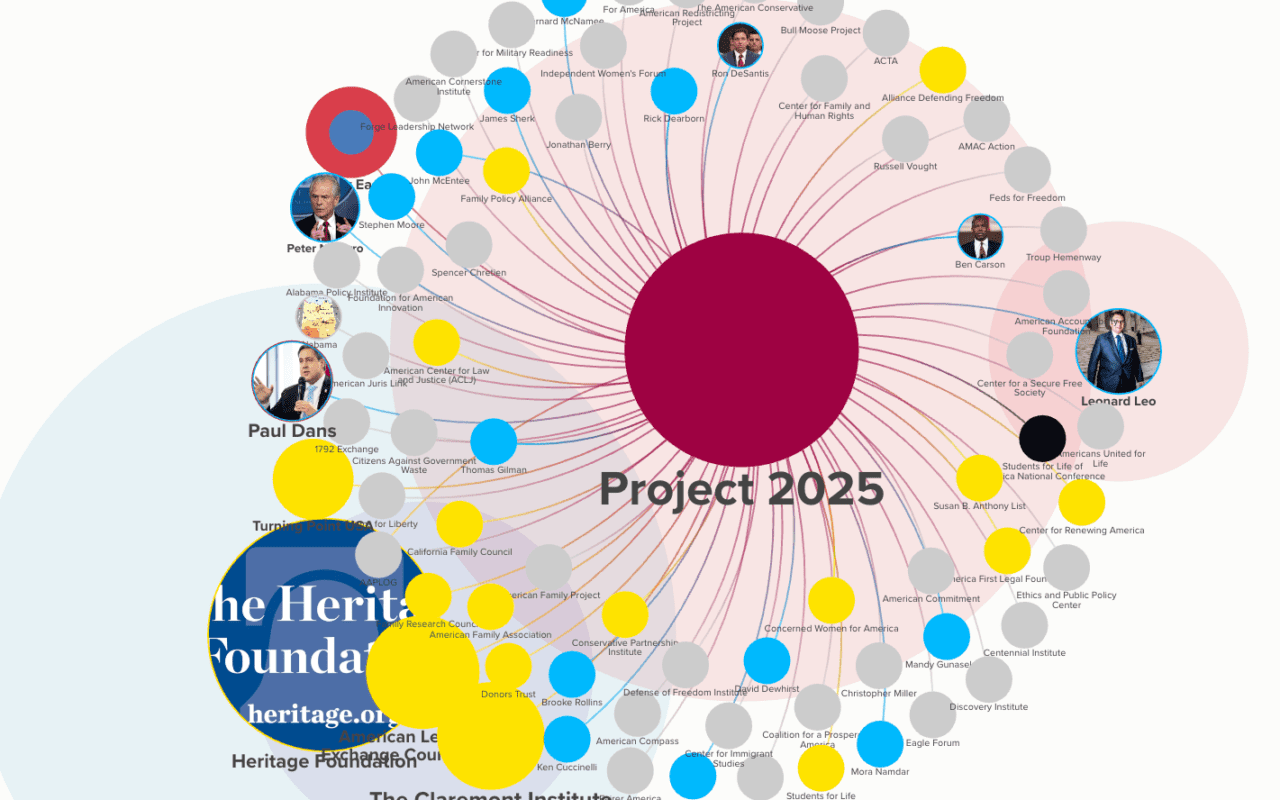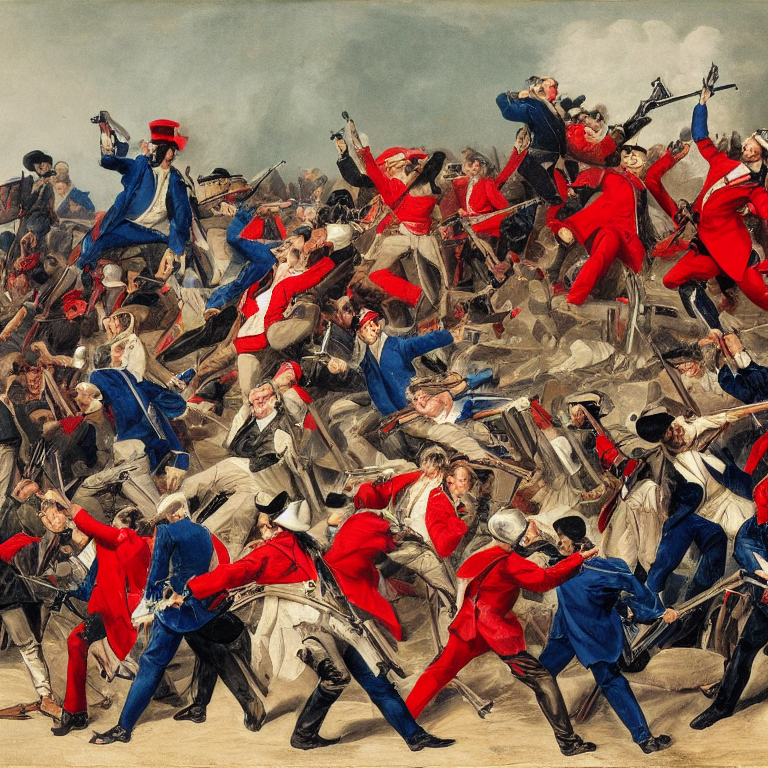Project 2025, led by Paul Dans and key conservative figures within The Heritage Foundation, sets forth an ambitious conservative vision aimed at fundamentally transforming the role of the federal government. Leonard Leo, a prominent conservative known for his influence on the U.S. Supreme Court‘s composition, is among the project’s leading fundraisers.
The initiative seeks to undo over a century of progressive reforms, tracing back to the establishment of a federal administrative framework by Woodrow Wilson, through the New Deal by Roosevelt, to Johnson’s Great Society. It proposes a significant reduction in the federal workforce, which stands at about 2.25 million people.
Essential measures include reducing funding for, or even abolishing, key agencies such as the Department of Justice, the FBI, the Department of Homeland Security, and the Departments of Education and Commerce. Additionally, Project 2025 intends to bring semi-independent agencies like the Federal Communications Commission under closer presidential control.
At its heart, Project 2025 aims to secure a durable conservative dominance within the federal government, aligning it closely with the principles of the MAGA movement and ensuring it operates under the direct oversight of the White House. The project is inspired by the “unitary executive theory” of the Constitution, which argues for sweeping presidential authority over the federal administrative apparatus — in direct contradiction with the delicate system of checks and balances architected by the Founders.
The Project 2025 Playbook
To realize their extremist, authoritarian goal, Dans is actively recruiting what he terms “conservative warriors” from legal and government networks, including bar associations and offices of state attorneys general. The aim is to embed these individuals in key legal roles throughout the government, thereby embedding the conservative vision deeply within the federal bureaucracy to shape policy and governance for the foreseeable future.
Continue reading Project 2025: The GOP’s plan for taking power
